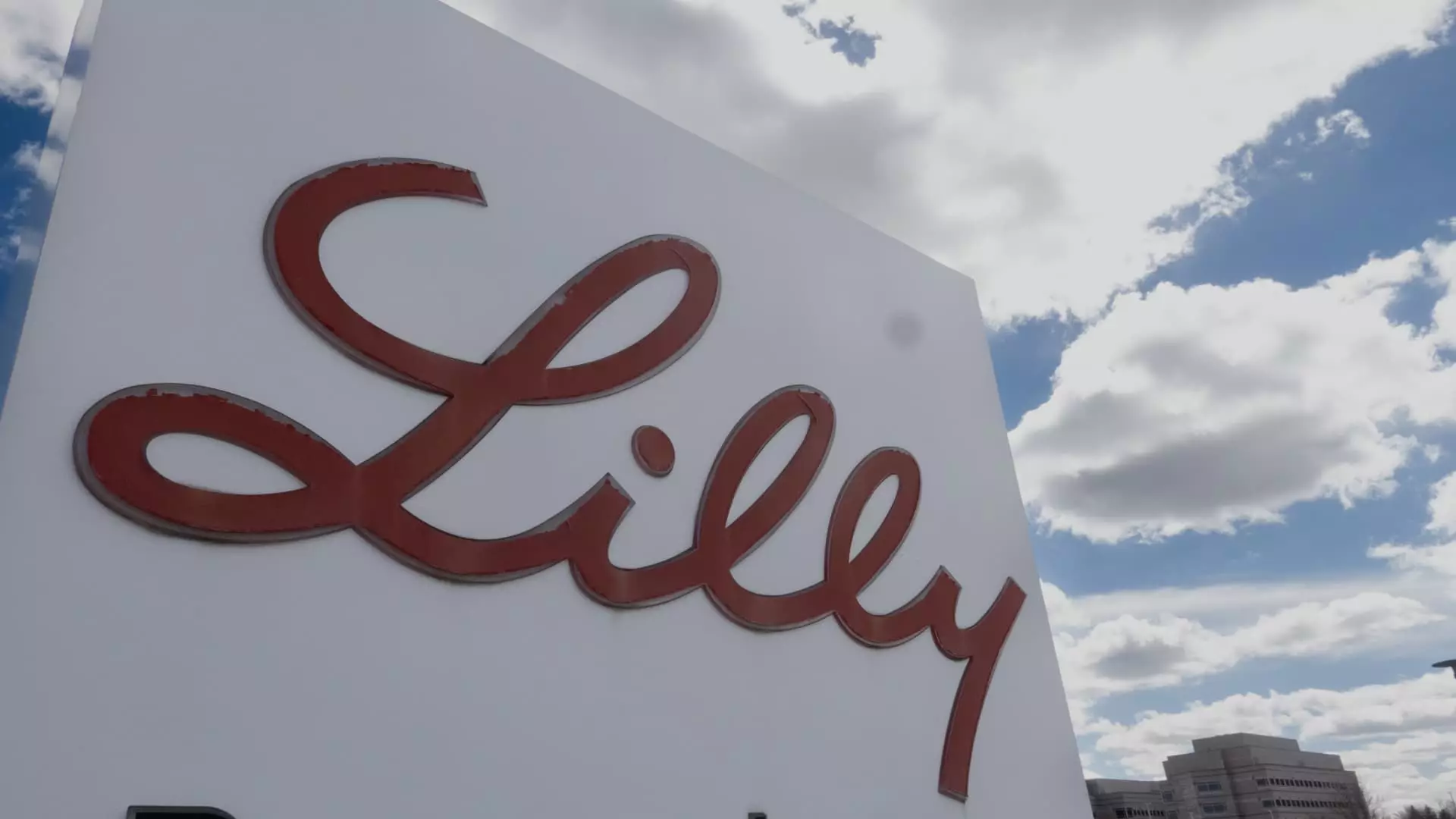As pharmaceutical giants navigate an increasingly competitive landscape, Eli Lilly’s recent pledge to invest at least $27 billion in new U.S. manufacturing sites marks a significant milestone. This ambitious initiative aims to bolster production capabilities, particularly in response to skyrocketing demand for their weight loss and diabetes treatments. The announcement, made during a politically charged event in Washington, D.C., underscores the company’s strategy of reshoring production while aligning with broader national interests to reduce dependency on foreign supply chains.
The Context of Eli Lilly’s Investment
Eli Lilly’s investment is not merely a reaction to market forces; it is also a calculated move in a landscape that is increasingly influenced by political considerations. With President Trump emphasizing the importance of domestic manufacturing, Eli Lilly appears poised to capitalize on this sentiment. The company’s total manufacturing investments in the U.S. now exceed $50 billion—an impressive figure that reflects its aggressive expansion since 2020. By establishing four new manufacturing sites dedicated to producing active pharmaceutical ingredients for their groundbreaking drug, tirzepatide, Eli Lilly aims to establish a robust supply chain that can avert shortages and better serve an expanding market.
This decision is indicative of a larger trend within the pharmaceutical industry as companies strive to reassure consumers and stakeholders of their commitment to supply chains that are resilient and, ideally, domestically located. In the long run, this strategy could potentially help avoid the pitfalls experienced during supply chain disruptions, especially during the pandemic.
It is important to recognize that Eli Lilly’s growth strategy extends beyond just their high-profile obesity and diabetes drugs, Zepbound and Mounjaro. The company is diversifying its pipeline to include treatments for a range of conditions, including cancer and Alzheimer’s disease. Eli Lilly’s CEO, David Ricks, expressed a forward-looking optimism regarding these therapeutics, indicating that the company’s commitment to domestic manufacturing is intrinsically linked to its broader pharmaceutical aspirations.
This diversification not only strengthens Eli Lilly’s market position but also solidifies its reputation as a leader in innovating treatments for complex health issues. Analysts predict that as the global market for obesity-related drugs could swell to more than $150 billion annually by the early 2030s, remaining competitive in this arena requires constant investment and a vigilant stance towards production capabilities.
Employment and Economic Benefits
One of the standout features of Eli Lilly’s new plant investments is the expected job creation resulting from this expansion. The venture is projected to create over 3,000 high-skilled positions for scientists, engineers, and other specialized workers, in addition to 10,000 construction jobs. This job creation is particularly relevant as the country seeks to recover from economic vulnerabilities exacerbated by the pandemic. Promoting high-quality job offerings plays an essential role in revitalizing local economies and ensuring a skilled workforce for the future.
Furthermore, by expanding its production capabilities domestically, Eli Lilly can provide reassurance to patients that they will have timely access to essential medications, thus improving public health outcomes. This dual focus on economic and health benefits renders the investment not just a corporate maneuver, but a socially responsible stride towards enhancing healthcare accessibility.
Notably, Eli Lilly’s CEO praised the 2017 Tax Cuts and Jobs Act, suggesting that this legislative framework has been fundamental to the company’s financial strategizing concerning manufacturing in the U.S. As key provisions of this law face expiration at the end of the year, the firm is calling for the extension of these policies, which have played a decisive role in shaping corporate investments. Tax breaks and incentives have provided pivotal support, allowing companies like Eli Lilly to engage in large-scale investments that have significant implications for domestic manufacturing capacities.
This intersection of corporate interests and public policy emphasizes the necessity for ongoing dialogue between the pharmaceutical industry and lawmakers. It raises pertinent questions about how legislative measures can further incentivize the reshoring of pharmaceutical manufacturing and ensure that the benefits of such moves accrue to both businesses and communities.
Eli Lilly’s substantial investment in domestic manufacturing reflects not only a business strategy but aligns with a greater narrative about the importance of resilience in supply chains. With an eye towards future therapeutic advancements, the company is safeguarding its market position while fulfilling a social responsibility to the population. As the pharmaceutical landscape evolves, Eli Lilly’s proactive approach serves as a noteworthy case study for other companies grappling with similar challenges in today’s complex environment. Its balance of corporate ambition with a commitment to societal well-being sets a standard for how businesses might operate in the years to come.


Leave a Reply